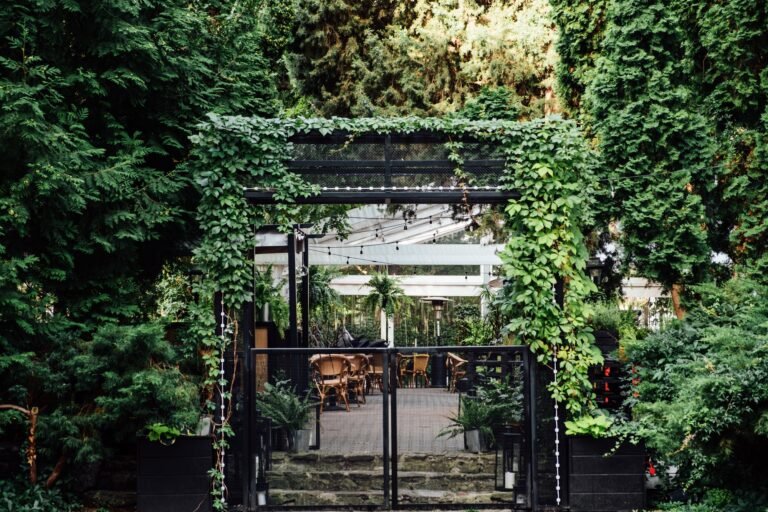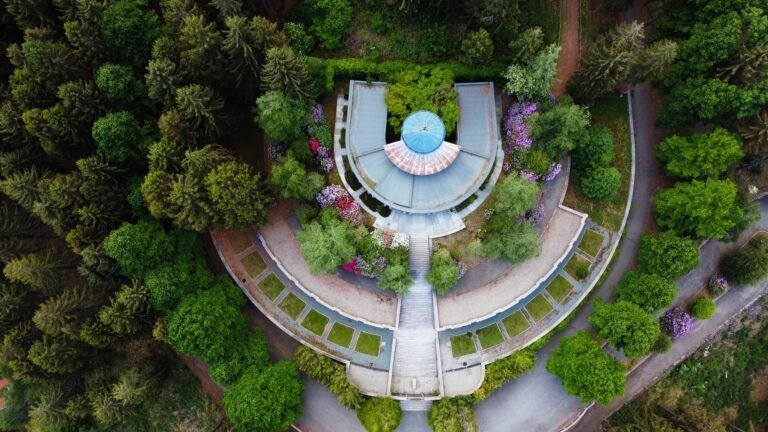In today’s fast-paced world, the spaces we inhabit profoundly influence our health, happiness, and longevity. For discerning individuals seeking to enhance their well-being, bioarchitecture offers a harmonious blend of design and biology, creating environments that nurture both body and mind.
Understanding Bioarchitecture
Bioarchitecture is an innovative approach that integrates natural elements and biological principles into architectural design. By emulating nature’s forms and processes, this design philosophy fosters spaces that promote health, sustainability, and a deep connection to the environment.
The Science Behind Bio-Architecture and Well-being
Research indicates that our surroundings significantly impact our physical and mental health. Incorporating natural elements into design can lead to numerous benefits:
- Stress Reduction: Exposure to natural light and greenery has been shown to lower cortisol levels, reducing stress.
- Enhanced Cognitive Function: Natural environments can improve focus and cognitive performance.
- Improved Air Quality: Utilizing natural materials and incorporating indoor plants can enhance air quality, benefiting respiratory health.
Designing for Longevity: Key Elements of Bio-Architecture
To create spaces that support long-term health and well-being, consider the following elements:
- Natural Materials: Opt for sustainable, non-toxic materials like wood, stone, and clay to minimize exposure to harmful chemicals.
- Green Spaces: Integrate indoor gardens, living walls, and accessible outdoor areas to foster a connection with nature.
- Natural Light: Maximize the use of natural light through strategic window placement and skylights to regulate circadian rhythms.
- Ventilation: Ensure ample airflow to maintain indoor air quality and thermal comfort.
- Water Features: Incorporate elements like fountains or aquariums to create a calming atmosphere.
The Role of Bioarchitecture in Luxury Living
With regard to luxury real estate, there’s a growing emphasis on wellness-centric design. Affluent homeowners are increasingly seeking residences that not only exude opulence but also support their health goals. Features such as state-of-the-art fitness centers, spa-like bathrooms, and meditation spaces are becoming standard in high-end properties.
Collaborating with Architects and Designers
To realize a bioarchitectural vision, it’s essential to partner with professionals who specialize in this field. Consider the following steps:
- Research: Identify architects and designers with a portfolio that emphasizes natural integration and sustainability.
- Consultation: Discuss your health objectives and aesthetic preferences to ensure alignment.
- Design Process: Engage in a collaborative process, providing feedback to tailor the design to your needs.
Conclusion
Embracing bioarchitecture offers a pathway to creating living spaces that are not only luxurious but also conducive to health and longevity. By integrating natural elements and principles into design, you can cultivate an environment that enhances well-being, ensuring a harmonious balance between luxury and life.





